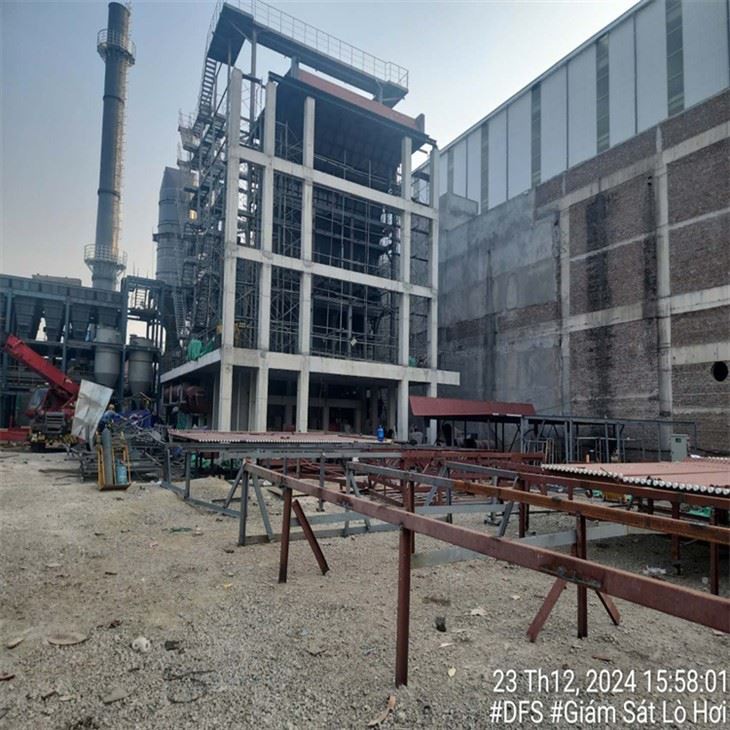Why Choose a Waste Incinerator to Dispose of Waste?
- Compared with land filling, waste incinerator greatly reduces the volume of waste and saves valuable land resources, especially in urban areas where land is tight.
- As environmental regulations become increasingly stringent, traditional landfill methods are restricted due to their potential pollution risks, and waste incinerator is widely used as a more environmentally friendly treatment method.
- With the acceleration of urbanization, the amount of garbage generated continues to grow, and garbage incinerators provide an effective means of treatment to help cities deal with the problem of garbage siege.
- The heat generated during waste incinerator can be used to generate electricity or heat, realizing the energy utilization of waste and reducing dependence on fossil fuels.
- Ashes and fly ash from waste incinerators can be comprehensively utilized, such as in the production of building materials, to realize waste resource utilization.
- After years of development, waste incineration technology has become relatively mature and can effectively control the pollutants produced during the incineration process and ensure that exhaust emissions meet environmental protection standards.
- Reduce garbage and turn waste into treasure.
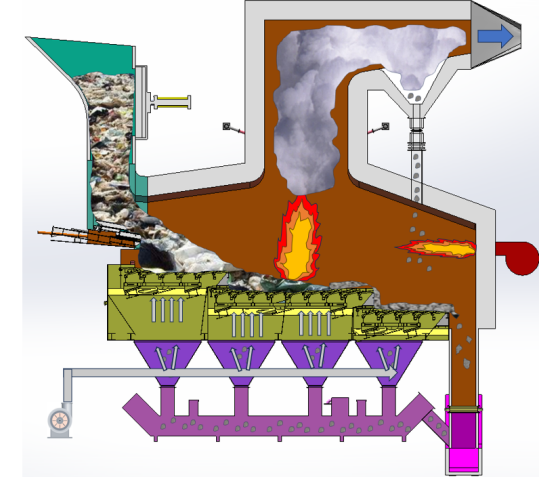
Products Parameters
|
Scale (t/d) |
Number of furnaces |
Overall height of equipment (m) |
Floor space (m2) |
Emission standard |
|
50 |
1 |
17 |
60 |
《Pollution control standards for household waste incineration》 (GB18485-2014) |
|
100 |
1 |
17 |
75 |
|
|
150 |
2 |
17 |
90 |
|
|
200 |
2 |
17 |
105 |
|
|
250 |
3 |
17 |
12 |
Benefite of Waste Management
MSW incinerator can produce steam, hot water and electricity generation, sustainable Power from Small-Scale Waste Incineration.
where is application?
Township, cities and towns, government, power plant.

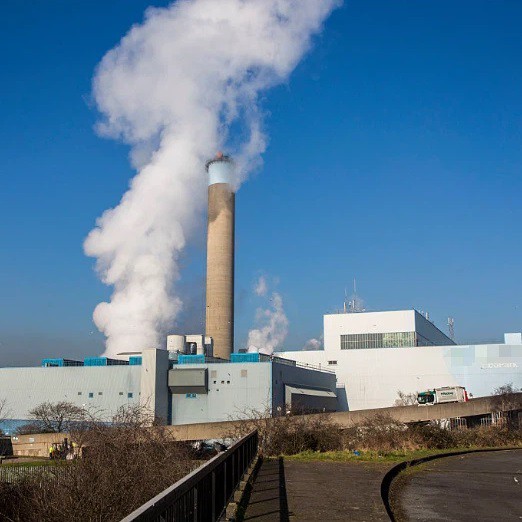
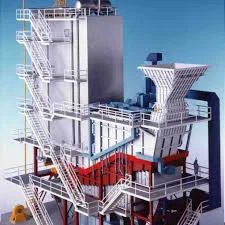
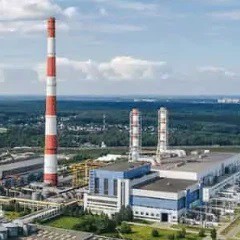
do you have any question?
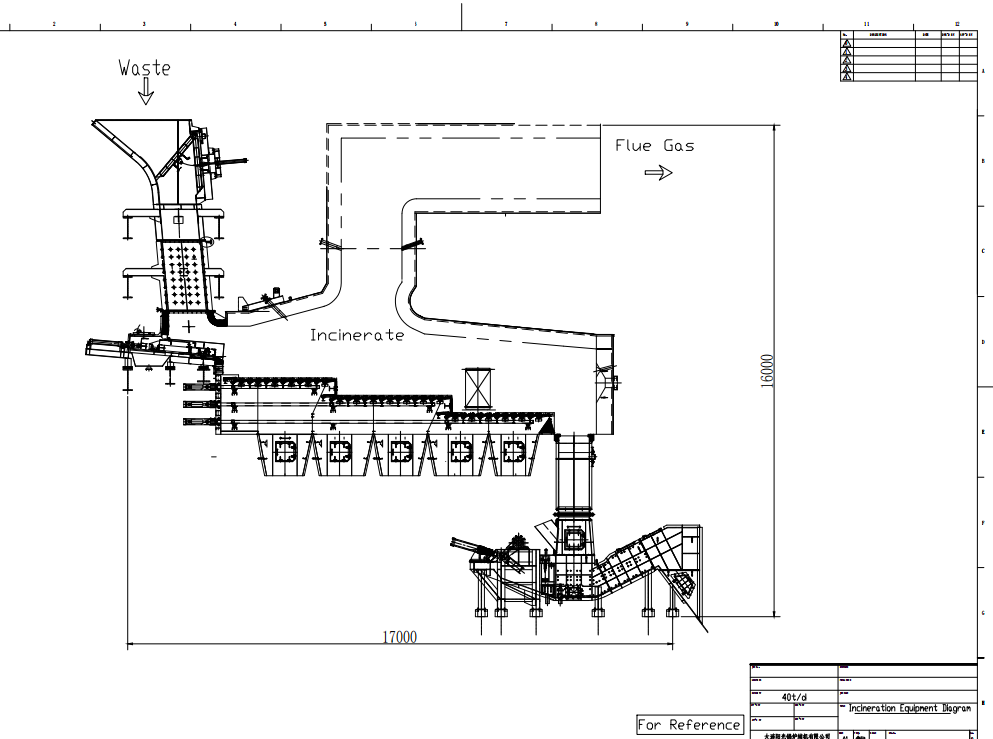
how does a waste incinerator work?
The garbage incinerator is a harmless treatment equipment that integrates automatic feeding, screening, drying, incineration, dust cleaning, dust removal, and automatic control. It is widely used in the harmless treatment of medical waste, domestic waste, and animal carcasses. . Through high-temperature incineration, waste incinerators can not only effectively reduce the volume of waste, but also reduce the environmental pollution of waste to a certain extent and provide additional energy supply through heat energy recovery.
what is a waste incinerator?
A waste incinerator is a facility or device designed to dispose of waste materials by burning them at high temperatures. Incinerators are used for a variety of purposes, including municipal solid waste (MSW) disposal, hazardous waste treatment, medical waste disposal, and industrial waste management.
The primary function of an incinerator is to reduce the volume of waste by converting it into ash and smoke, which can then be more easily disposed of or treated. The heat generated during the incineration process can also be recovered and used for energy production, such as generating electricity or providing heating.
Incineration is considered a form of thermal treatment and is one of several waste management strategies that may be employed to handle different types of waste. However, incineration is controversial due to potential environmental impacts, such as air pollution and the release of toxic substances if not properly controlled. As a result, modern incinerators are equipped with advanced emission control technologies to minimize these risks.
The design and operation of waste incinerators vary depending on the type and nature of the waste being processed. For example, municipal waste incinerators typically involve large-scale facilities that process non-hazardous solid waste from households, businesses, and other sources. In contrast, hazardous waste incinerators are specifically designed to handle toxic and chemically dangerous materials and must meet more stringent environmental and safety regulations.
what is an incinerator for waste disposal?
The cutting surfaces on a vertical end mill bit (are for milling ) are on its sides , designed for cutting horizontally , a drill bit ( are for drilling ) cutting surface is at its tip , designed for cutting vertically downward .. you'll notice a end mill usually has a flat on the end of the bit .
Where is incineration used?
Solid Waste Incineration by 2021.Incineration is also used to treat medical waste, such as hospital waste that contains blood or other potentially infective materials. Incineration is a safe way to destroy hazardous materials.
As global warming, garbage stacking, and how to deal with garbage are issues of increasing concern, domestic waste incineration furnaces provide the solution for urban waste treatment that improves efficiency while simultaneously decreasing pollution, saving land resources, and realizing energy recycling. They represent essential solutions in urban waste treatment that help urban dwellers save both land resources and money through energy recovery. Essence
Reasons behind installing a domestic waste incineration furnace in town may include:
Garbage treatment demand and efficiency, saving land resources, reducing environmental pollution, and energy recovery.





